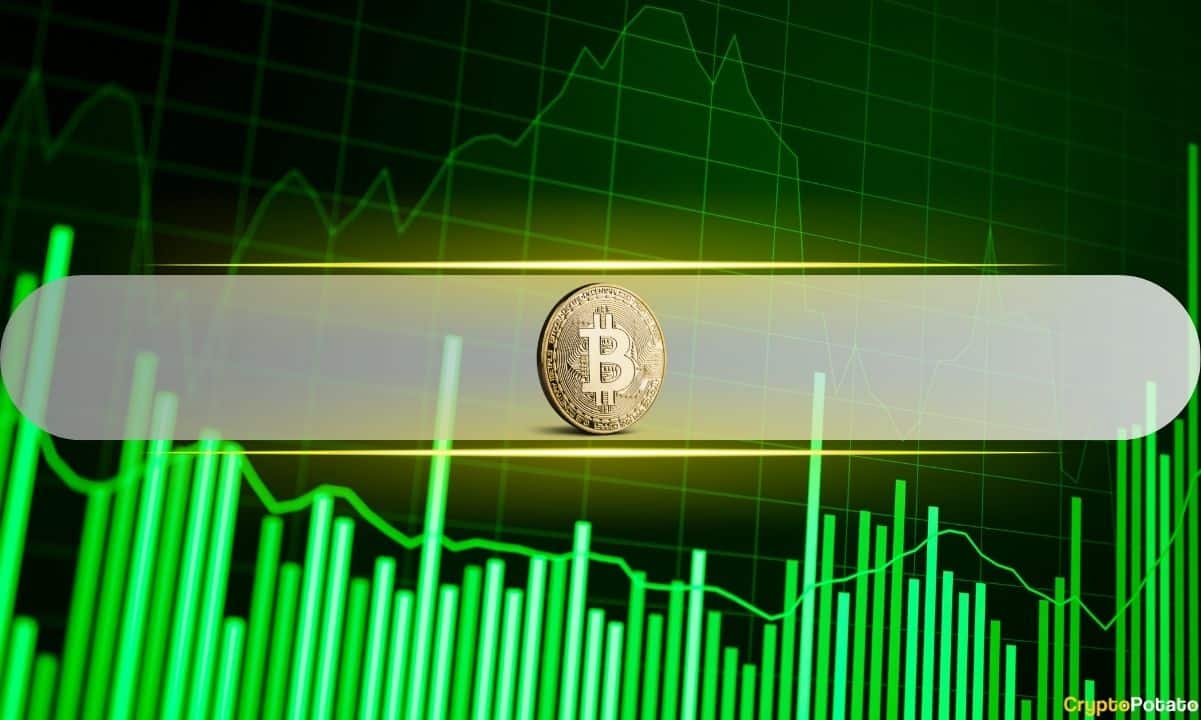Bitcoin’s Liquidity Surge: How ETFs, Macro Trends, and a $114B Futures Frenzy Are Fueling the Rally

Wall Street's latest love affair with Bitcoin just hit the afterburners. A tsunami of institutional cash—propelled by ETF mania, macro tailwinds, and a record $114 billion futures market—is flooding the crypto ecosystem. Forget 'number go up' memes; this is institutional-grade FOMO playing out in real time.
The ETF Effect: Financial Giants Crash Crypto's Party
BlackRock and friends didn't just dip toes in—they cannonballed into Bitcoin's liquidity pool. The resulting splash is drowning out retail traders' voices as Wall Street's plumbing reshapes crypto markets.
Futures on Steroids: $114B Bet on Bitcoin's Future
Derivatives markets now wag the dog, with CME's Bitcoin futures becoming the tail that wags the crypto market. Traders are levering up like it's 2021—except this time, the casino chips are pension funds' money.
Macro Winds at Crypto's Back
While traditional markets wobble under rate hikes, Bitcoin's playing the uncorrelated asset card—bad news for gold bugs, worse news for finance bros still waiting for their 'told you so' moment.
The bottom line? Bitcoin's growing up—complete with Wall Street's liquidity, leverage, and inevitable tantrums. Just don't call it decentralization when the Fed's next move could flush half the futures market. (There's your cynical finance jab.)
The $550 Million Daily Money Machine
According to the analysis, Bitcoin’s evolution has become visible in its on-chain fundamentals. Since March 2023, those investing in the crypto asset have locked in profits amounting to about $550 million daily, signifying a deep, mature market where participants have serious conviction, taking gains, knowing the market is strong enough to absorb it.
The survey also found the action was just as intense off-chain, with Bitcoin futures and options becoming the new playground for big money. Total open interest went from $11.1 billion in late 2022 to $114 billion during BTC’s historic charge past $100,000 at the beginning of 2025, a testament that institutions are not just dipping their toes, but are diving into crypto headfirst.
Other key signs of institutional accumulation came from analyzing market microstructure tools such as the Limit Order Book (LOB), which brought to light sophisticated liquidity patterns. For example, before the 2024 spot bitcoin ETF approval, there was extreme sell-side pressure, which was replaced with a buy-side surge after the U.S. Securities and Exchange Commission (SEC) greenlit the financial products.
Similarly, Cumulative Volume Delta (CVD) metrics exposed speculative vs. genuine demand, with Glassnode claiming that the current perpetual futures dominance suggests BTC’s latest rally is leaning speculative.
Altcoins Get Left Behind
The joint report also noted that Bitcoin’s sensitivity to macroeconomic forces has eclipsed its crypto-native cycles. Its price now moves tightly alongside the Global Liquidity Index (GLI) and traditional markets like the S&P 500, while moving against assets like the U.S. dollar.
Spot Bitcoin ETFs have validated this macro alignment. While some critics had dismissed them as fleeting speculation when they were first introduced, Glassnode’s “unhedged demand” metric, which filters out arbitrage-driven flows, shows that they now represent genuine long-term institutional muscle.
Meanwhile, the study revealed that altcoins are facing a liquidity crisis, with capital concentration mainly favoring Bitcoin and speculative meme coins on Solana. Per the data, in this cycle, funds going into altcoins dropped by a whopping $46 billion compared to the last boom. Ethereum, which once captured up to 65% of altcoin inflows, has since seen its share plummet to just 31%, with only solana and XRP managing to outpace BTC.
In Solana’s case, the uptick was fueled mainly by an explosion of meme coins, which saw their collective value shoot up 9,150% from $400 million to $37 billion. XRP has also had a wild ride of its own, with the anticipated resolution to a long-winded legal battle between the SEC and Ripple Labs over the token’s status, helping boost its value in the market on several occasions.

